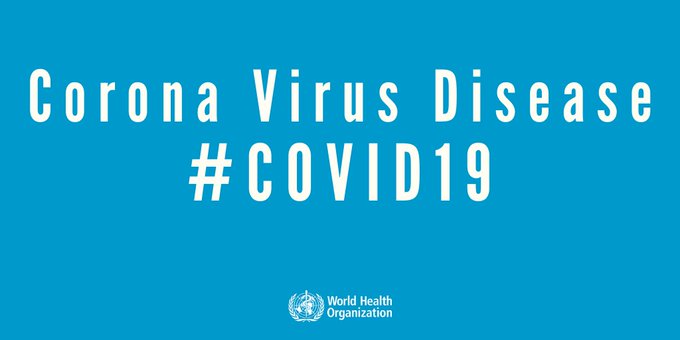
Introduction
The emergence of a new virus, now being called, #novelcoronavirus, which manifests in the illness called #COVID19, is part of the coronavirus family. This new virus has led to a great deal of false information, misinformation, and disinformation on the parts of many. In an effort to counter this, what some might consider a 'disinformation war,' I decided to create a series of posts to provide information that is:
- Evidence-based;
- Arises from credible research data, and peer-review studies in reputable publications and journals;
- Informative, timely and helpful;
- Includes evolving and emergent information, data, and research on this new virus.
In early December, 2019, a new virus, called, novel coronavirus, first appeared in the Hubei province of China. Several patients in Wuhan, China, presented with severe symptoms of pneumonia.
Early research on the first set of patients who presented with this new virus indicated that some who presented with the new virus did not have a connection to a local "wet market" in Wuhan where a wide variety of animals, including wild life, were slaughtered for food. At this point, it is unclear if the outbreak originated in, and/or was restricted to Wuhan.
The World Health Organization (#WHO) identified this as: "A novel coronavirus (CoV) is a new strain of coronavirus that has not been previously identified in humans. The new, or “novel” coronavirus, now called 2019-nCoV, had not previously detected before the outbreak was reported in Wuhan, China in December 2019."
On December 31st, 2019, China reported an outbreak of the novel coronavirus to the WHO.
On January 30th, 2020, the WHO declared the novel coronavirus a "public health emergency of international concern."
On February 11th, 2020, the WHO renamed the virus #COVID-19, with the head of the WHO, Dr. Tedros Adhanom Ghebreyesus stating, "the disease represented a "very grave threat" for the world." He also stated that there was still a "realistic chance" of stopping it.
Timeline
Wikipedia: Timeline of the 2019–20 Wuhan coronavirus outbreak in December 2019 – January 2020.
The WHO will not call this a #pandemic, although this is the organization's definition:
"A pandemic is the worldwide spread of a new disease."
Symptomatic: People who are experiencing symptoms that may be associated with a viral infection, such as COVID-19. The most identified symtoms in the research are: fever;
Asymptomatic: People who have been exposed, but do not have symptoms associated with a virus.
Incubation: The period of time between exposure to a virus, and when the individual develops symptoms.
- Currently, credible research is indicating the R rate for COVID-19 is believed to be 2.6 (uncertainty range: 1.5-3.5), which means one person can transmit the virus to between 2-3 people.
- Research from the SARS epidemic (2002-2003) identified that there were certain individuals who were identified as spreading/transmitting that form of coronavirus to a higher number of people, over a larger geographical distance, and may trigger a cluster, or outbreak in a particular setting, or area.
- These individuals have come to be called, "super-spreaders" in the research on viral epidemics and outbreaks.
- Super-spreaders are considered "outliers" as they are seen to have a different transmission rate, or R rate, than is the norm for a particular virus.
- There is no scientically identified, or specific number of people associated with these individuals.
- Some individuals may transmit a virus at a higher rate than others, but there has not been any evidence identified as to what characteristics these individuals may have that leads to this.
_________________________________________________________________
#novelcoronavirus #coronavirus #2019nCoV #COVID19 #COVID-19 #pandemic #CoronavirusCanada #publichealth #publichhealthcanada



No comments:
Post a Comment